Measuring grip strength is important in children who are undergoing therapy to improve their strength and accomplish daily tasks. It also can be an important predictor of future health for children and adolescents.
But tracking changes in strength isn’t enough; it’s important to also compare those values to normative data. This allows you to track the percentile that the child is in compared to others of their own age and sex. Learn more about why grip strength in children matters and the current normative data for digital hand dynamometers.
The Importance of Grip Strength in Everyday Tasks
Grip strength is an important part of daily life. It’s what allows you to perform many everyday tasks from eating to driving. It’s an equally important skill in children. By four months old, most babies can use a crude palmer grip to hold objects like a rattle. This grip develops overtime as fine motor skills improve and most children can use a dynamic tripod grasp to properly hold a pencil at 4-½ to 6 years old.
However, some children have conditions, like cerebral palsy or muscular dystrophy, that limits their grip. There are several adaptive tools for children with a weak grasp, such as flexible utensils that can be wrapped about the wrist, pediatric steady spoons that can be secured around the hand and have counterweights to keep the bowl of the spoon level, and even pediatric art tool cuffs that hold paint brushes. It’s important to measure grip strength to track progress during physical and occupational therapy. Many therapists use hand dynamometers to measure changes in strength throughout therapy.
The Importance of Grip Strength as a Predictor of Children’s Health
Several studies have examined the relationship between grip strength and various health conditions, including insulin resistance and cardiovascular health. Here is a sampling of the results.
|
|
|
Study 1: Handgrip strength is associated with insulin resistance and glucose metabolism in adolescents: Evidence from National Health and Nutrition Examination Survey 2011 to 2014 Participants: 959 participants, 12 to 19 years old Results: Hand grip strength was inversely associated with fasting insulin levels and homeostasis model assessment of insulin resistance (HOMA-IR). The study concludes that muscular fitness, measured by hand grip strength, is associated with insulin resistance and glucose metabolism in adolescents. They state that improving muscular fitness may help with the early prevention of insulin resistance and type 2 diabetes in children. |
|
Study 2: Grip Strength Is Associated with Longitudinal Health Maintenance and Improvement in Adolescents Participants: 368 elementary school children (grip strength measured at the end of fourth and fifth grade) Results: This study found a low normalized grip strength was associated with a significantly higher prevalence of health decline or poor health persistence, while a greater grip strength was associated with health maintenance or improvement. This suggests that grip strength can be used to identify children who have a cardiometabolic risk and intervene to improve their muscular fitness. Similar results were found in a study on grip strength and ideal cardiovascular health (CHV) in Colombian children, hand grip strength was strongly associated with ideal CHV. |
|
Study 3: Is Muscular Fitness Associated with Future Health Benefits in Children and Adolescents? A Systematic Review and Meta-Analysis of Longitudinal Studies Participants: 21,686 children and adolescents 3-18 years old from thirty different studies Results: This analysis looked at studies with a variety of muscular fitness measurements, including hand grip, sit-ups, etc. They found that higher muscular fitness was associated with a lower risk of cardiovascular disease and an increase in bone health (bone density). |
Measuring grip strength can help track changes in children’s health. Doctors and therapists can then intervene to improve strength and monitor cardiovascular health and other risks.
How to Measure and Track Grip Strength
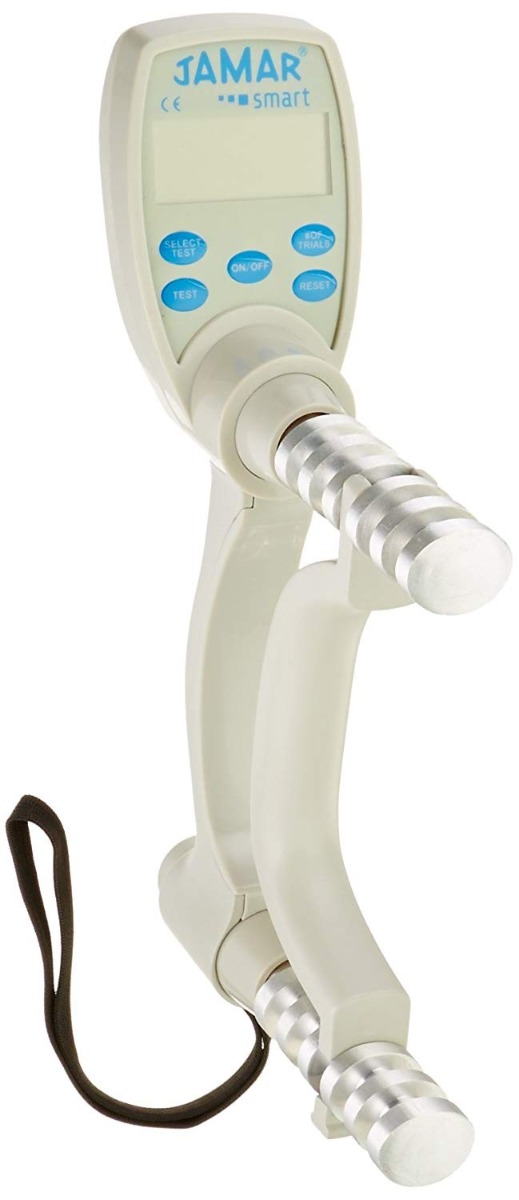
Now that you’ve learned about the importance of grip strength, you might be wondering how you can track this important measurement in your pediatric patients. A hand dynamometer measures grip strength using hydraulics or electronic load cells. The user simply squeezes the handle and the device measures isometric grip force in pounds or kilograms.
The Jamar Smart Digital Hand Dynamometer is an excellent choice due to its high level of accuracy and reliability. The device automatically calculates key calculations, like averages, and can be used to give six different hand grip tests. Plus, the Jamar Smart tablet app can be used to graph, track, and store your patient’s results.
Jamar Digital Hand Dynamometer Grip Strength Norms in Children and Adolescents
A 2017 study, entitled “Handgrip Strength: A Population-Based Study of Norms and Age Trajectories for 3- to 17-Year-Olds”, used a calibrated digital Jamar hand dynamometer to measure the grip strength in 2,706 participants. The study provides the normative date and equations for children from three to seventeen years old. You can use the normative grip strength data as a standard to compare to your patients.
And if you’re looking for the normative data for adults, check out this Jamar Digital Hand Dynamometer Grip Strength Norms Calculator which uses data from the “Hand-Grip Strength: Normative Reference Values and Equations for Individuals 18 to 85 Years of Age Residing in the United States” study.
How to Improve Grip Strength in Children
You know grip strength is important. Thankfully, there are a variety of hand exercisers you can use to help strengthen this crucial skill in children and adolescents. Here are our top five recommendations.
- Sammons Preston Therapy Putty makes hand exercise work fun for kids. They can roll, squeeze, and manipulate the putty during therapy and at home.

- The Junior Power Web Exerciser is sized for pediatric hands. It can be used for abduction, adduction, extension, pronation, and supination exercises.
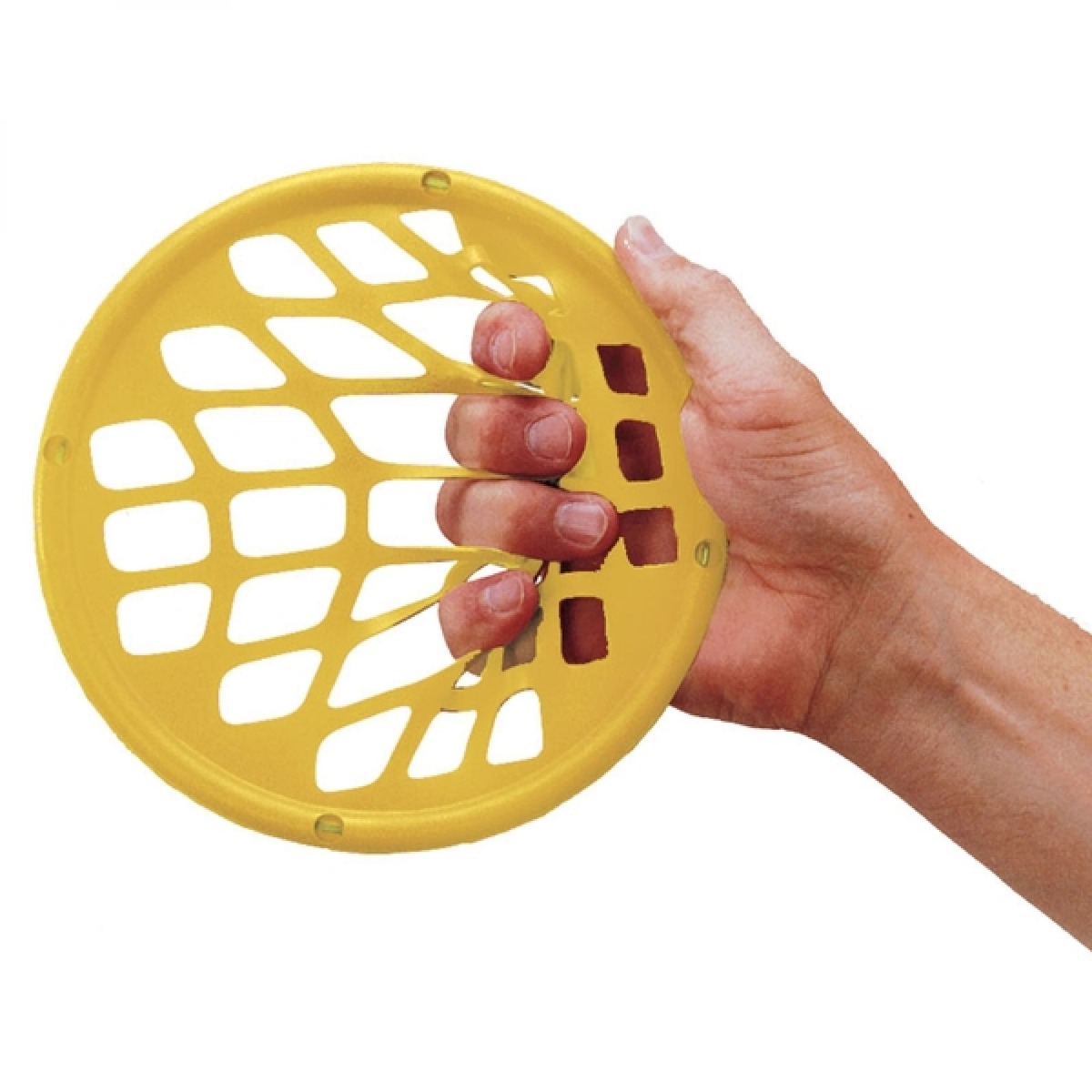
- Use a TheraBand Hand Exerciser for simple squeeze and pinch exercises. They’re great for young children and can even be heated or cooled to add to the therapy experience.
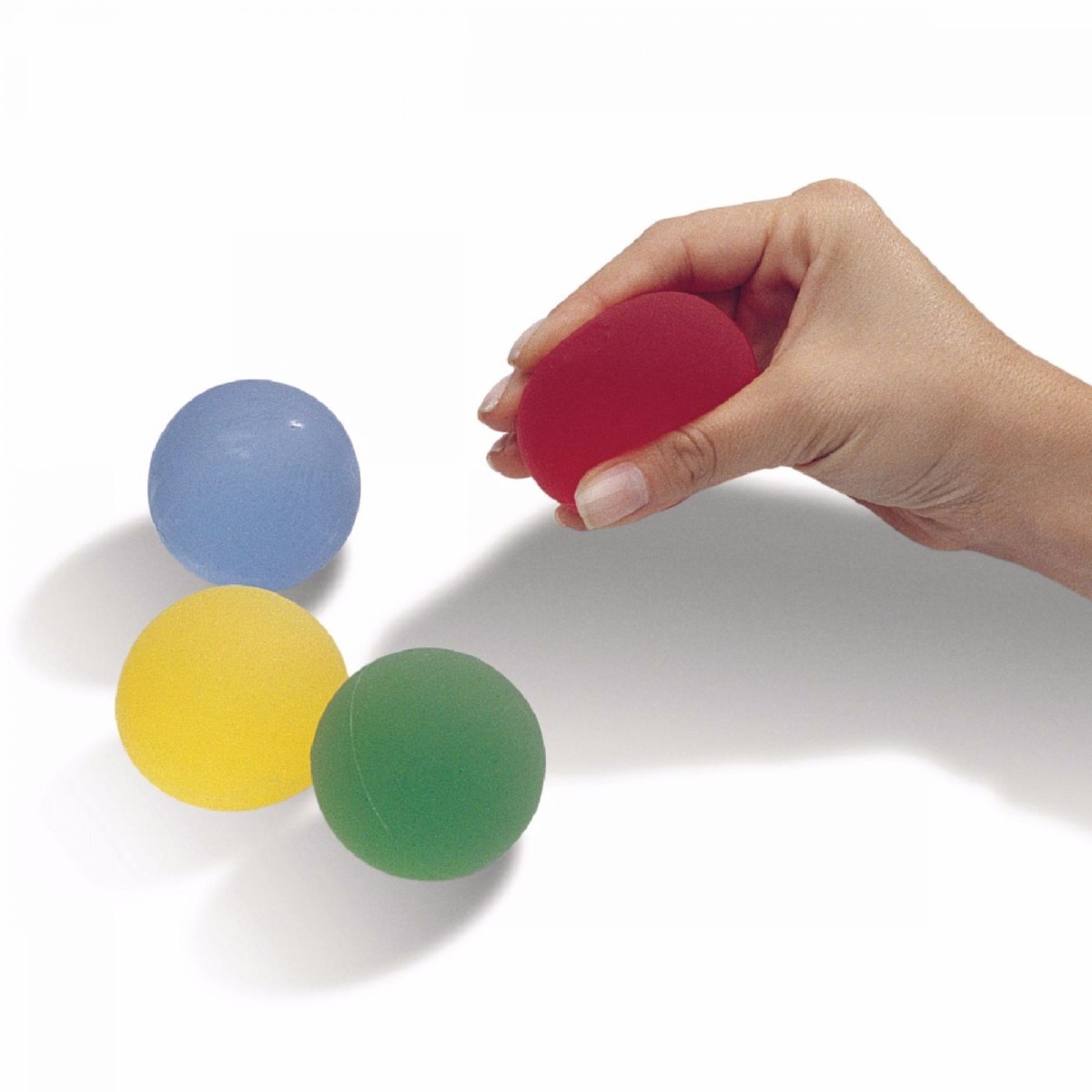
- Adolescents can use the Rolyan Ergonomic Hand Exerciser to strengthen their grip. Easily adjust the resistance using the included rubber bands.
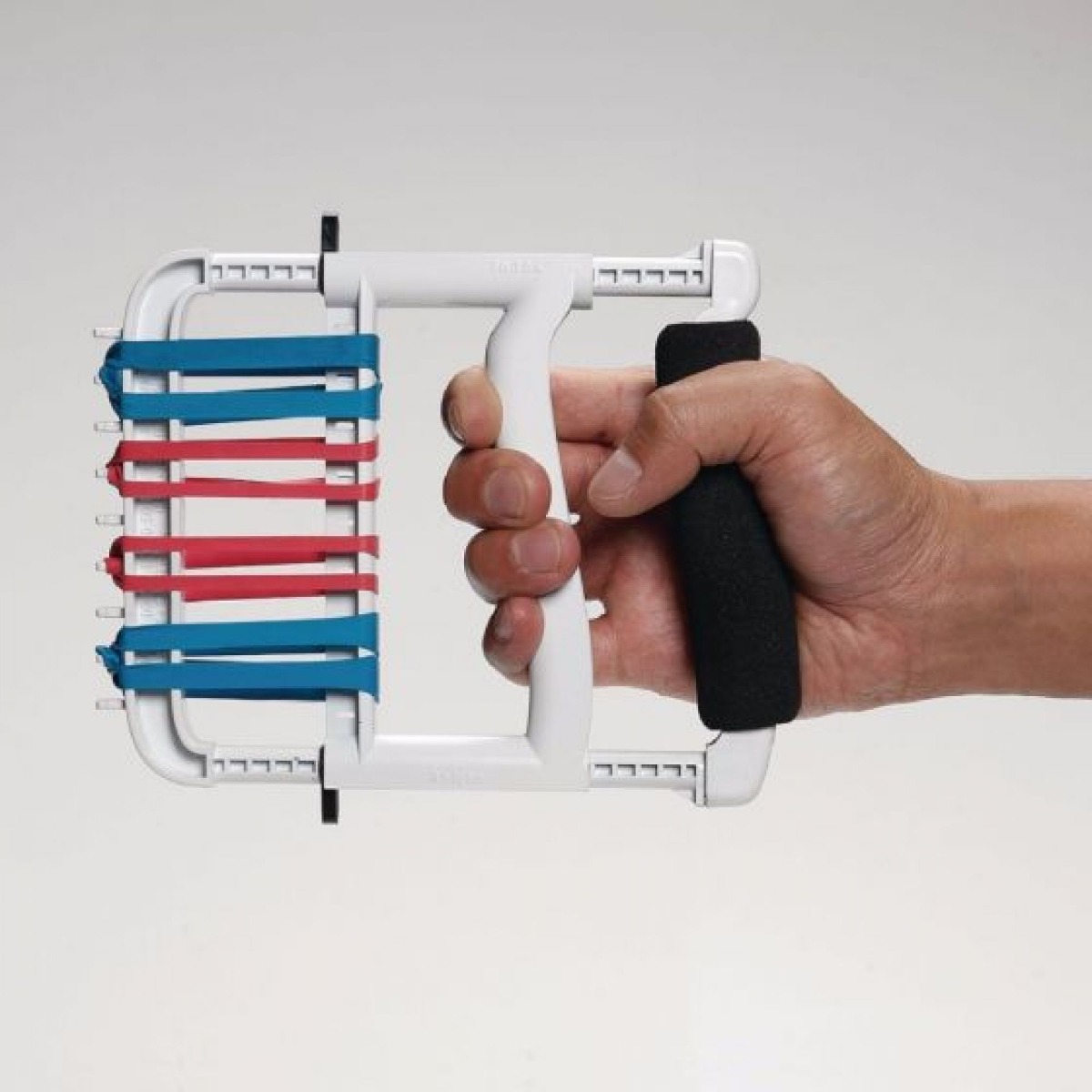
- The TheraBand Hand Xtrainer is a versatile tool for stretching and strengthening exercises for working individual fingers and whole hand grips.
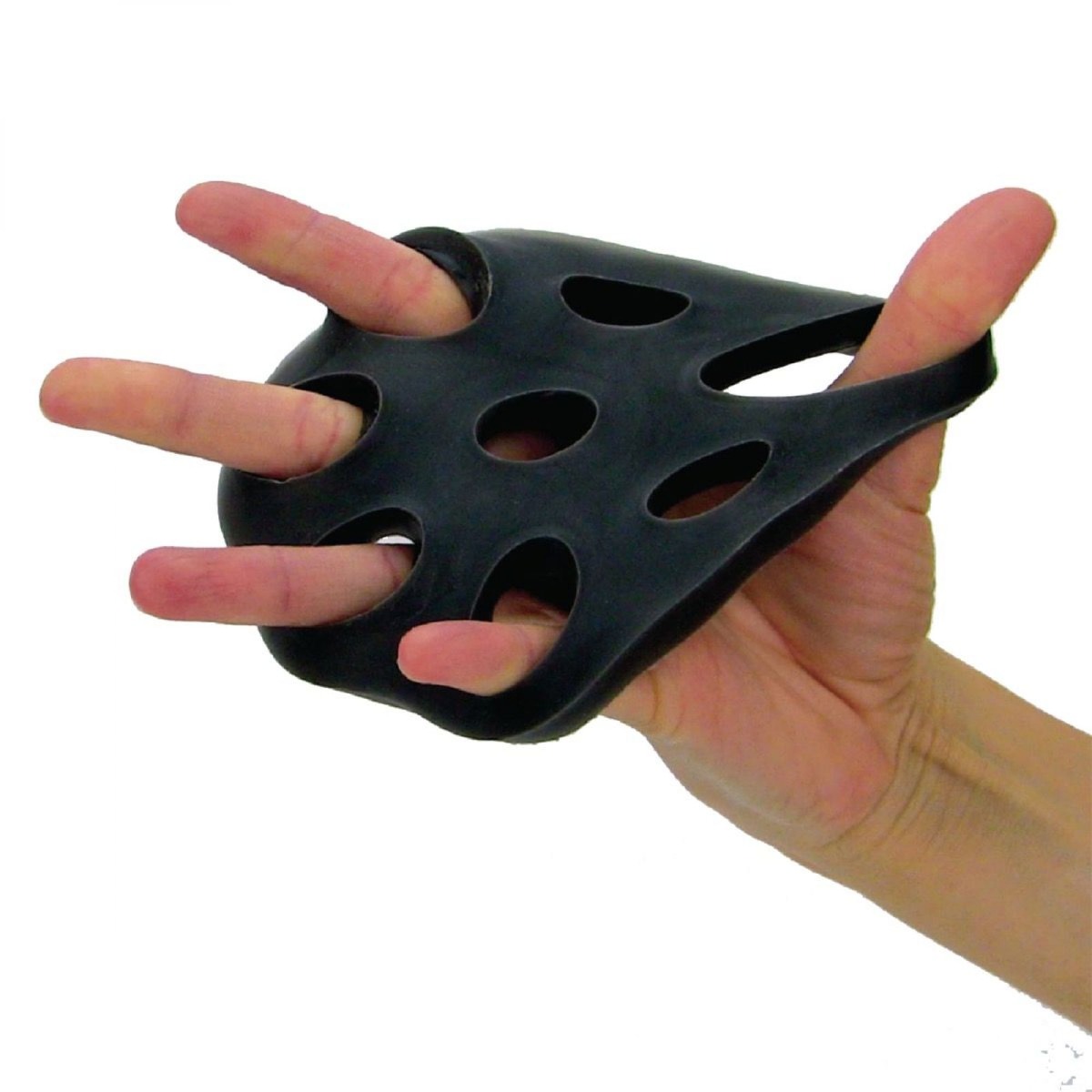
Grip strength allows children to eat, swing from the monkey bars, and hold a pencil. It can also be used as a predictor for children’s health. There are several tools that you can use during therapy sessions to help your patients strengthen their grip. Plus, you can use the Jamar Smart Digital Hand Dynamometer to track improvements in this important skill throughout their therapy.
References
Li, S, Zhang, R, Pan, G, Zheng, L, Li, C. Handgrip strength is associated with insulin resistance and glucose metabolism in adolescents: Evidence from National Health and Nutrition Examination Survey 2011 to 2014. Pediatr Diabetes. 2018; 19: 375– 380. https://bit.ly/2JdXzrL
Peterson M.D., et al. (2018). Grip Strength Is Associated with Longitudinal Health Maintenance and Improvement in Adolescents. The Journal of Pediatrics. Retrieved from https://bit.ly/2DAvj0H
Ramírez-Vélez, Robinson & Tordecilla-Sanders, Alejandra & Correa-Bautista, Jorge & Peterson, Mark & García-Hermoso, Antonio. (2016). Handgrip strength and ideal cardiovascular health among Colombian children and adolescents: The FUPRECOL Study. Journal of Pediatrics. Retrieved from https://bit.ly/2i9O1lk
Typical Hand Grasp Development for Fine Motor Skills. (2017). Growing Hands On Kids. Retrieved from https://bit.ly/2H1NTPK
Medical Disclaimer: The information provided on this site, including text, graphics, images and other material, are for informational purposes only and are not intended to substitute for professional medical advice, diagnosis or treatment. Always seek the advice of your physician or other healthcare professional with any questions or concerns you may have regarding your condition.








 France
France Australia
Australia



